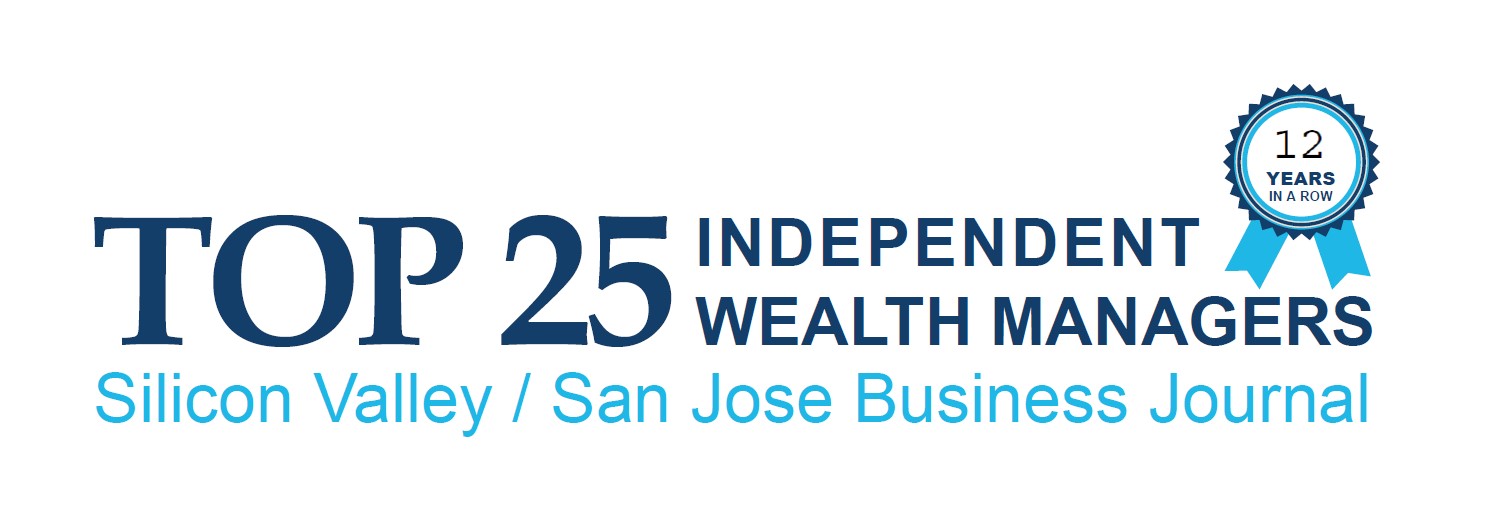It is likely that growth is now becoming more important to the Fed than inflation, with macro data broadly coming in softer, and many lower quality and economically sensitive areas of the market lagging while a narrow list of higher quality mega caps have carried performance. In our view, this is a sign the market is becoming more focused on growth softening and less focused on inflation and rates.
U.S. growth has indeed slowed some, but this follows three quarters of particularly strong final demand growth from mid-2023. This, combined with sticky inflation, may end hopes of a sustained Fed rate-cutting cycle. There has been some turbulence in the highest-flying U.S. AI/tech plays, although the setback so far has been minor relative to prior gains. There has been considerable speculative behavior of late, albeit focused on a narrow list of stocks. Still, most sectors have been able to grind higher or at least consolidate. The focus of attention has been on the perceived noncyclical, rapid growth tech and related sectors.
Against this backdrop, we expect the Fed will cut rates at the November FOMC meeting and continue at a quarterly cadence in 2025, We see risk of an earlier ease at the September meeting if any of the next three labor market reports show material weakening in hiring.
The November FOMC meeting concludes the day after the election. The outcome of that election will have significant impact on the economic outlook for 2025. Trade, immigration, and tax policy could all be affected by the presidential and congressional elections.
While these are all topics for next year, uncertainty about the fate of these policies could affect business activity and risk-taking behavior over the remainder of this year. Historically it is hard to detect these uncertainty effects in US election years, though history may be a poor guide for what to expect in this election year.








